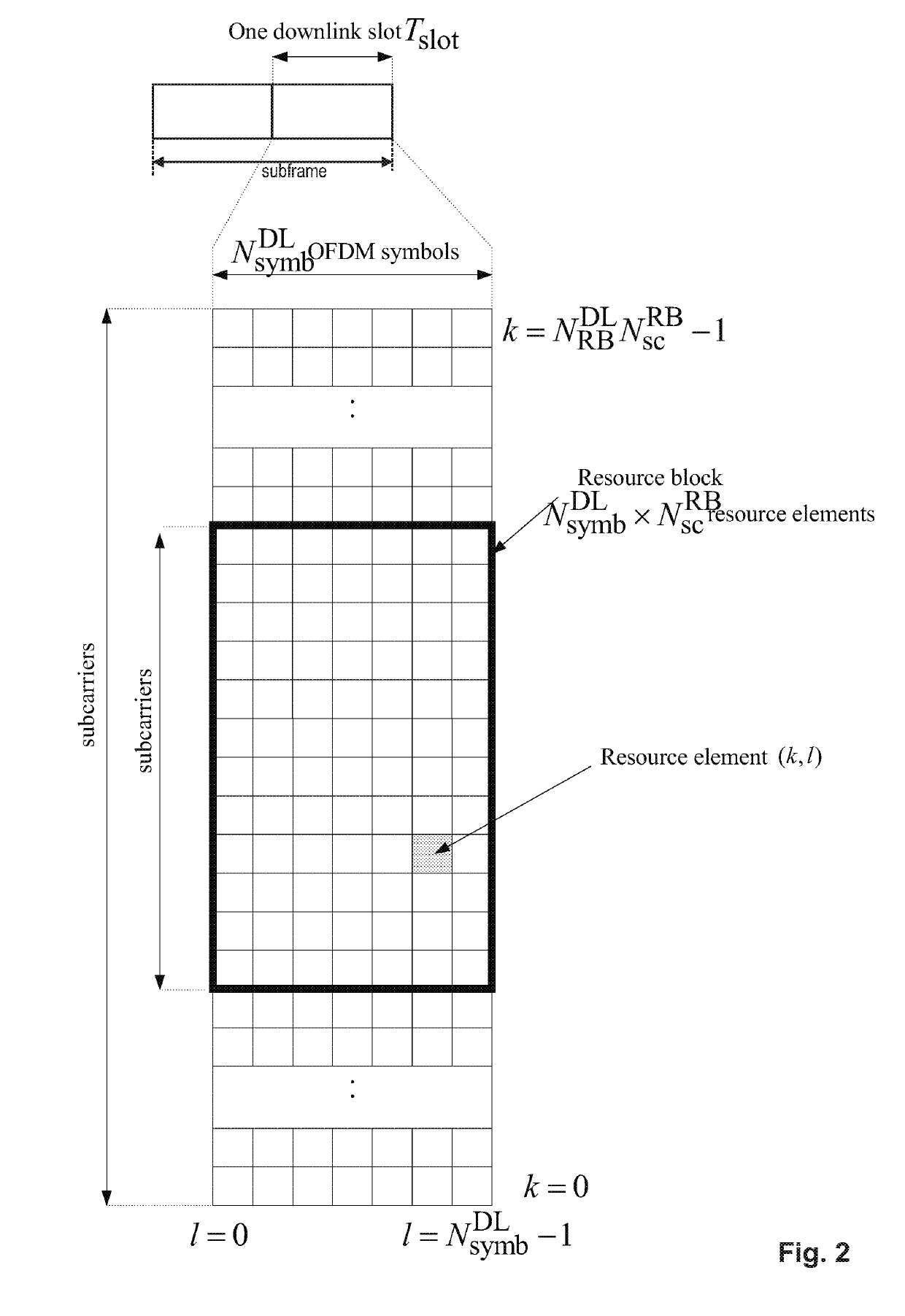Short latency fast retransmission triggering
a retransmission mechanism and short technology, applied in the field of short latency fast retransmission triggering, can solve the problems of not being able to configure a mobile terminal, not being able to find a spectrum band which is wide enough for the lte-advanced system, and being unable to use a mobile terminal. rlc layer retransmission mechanism may therefore seem superfluous,
- Summary
- Abstract
- Description
- Claims
- Application Information
AI Technical Summary
Benefits of technology
Problems solved by technology
Method used
Image
Examples
Embodiment Construction
[0186]As can be seen from FIG. 3 and the description thereof in the background section, there is currently a delay of 4 ms between a PDCCH / PHICH and a corresponding PUSCH uplink transmission. This delay is mainly caused due to the processing that needs to be done at the UE side, including the detection of PDCCH / PHICH as well as the coding chain and physical channel processing steps outlined above. Even though this latency of 4 ms could be reduced by shortening the TTI as is being discussed within the scope of the above-described Short Latency study item, the main savings in time would be due to the smaller transport block sizes and a potentially improved hardware / software design that allows faster processing. Nevertheless, the savings are still bounded by the need for processing all the functional blocks in the transmission chain as outlined above, even for a retransmission, especially when a different RV is used for a retransmission compared to the previous transmission of the same...
PUM
 Login to View More
Login to View More Abstract
Description
Claims
Application Information
 Login to View More
Login to View More - R&D
- Intellectual Property
- Life Sciences
- Materials
- Tech Scout
- Unparalleled Data Quality
- Higher Quality Content
- 60% Fewer Hallucinations
Browse by: Latest US Patents, China's latest patents, Technical Efficacy Thesaurus, Application Domain, Technology Topic, Popular Technical Reports.
© 2025 PatSnap. All rights reserved.Legal|Privacy policy|Modern Slavery Act Transparency Statement|Sitemap|About US| Contact US: help@patsnap.com



